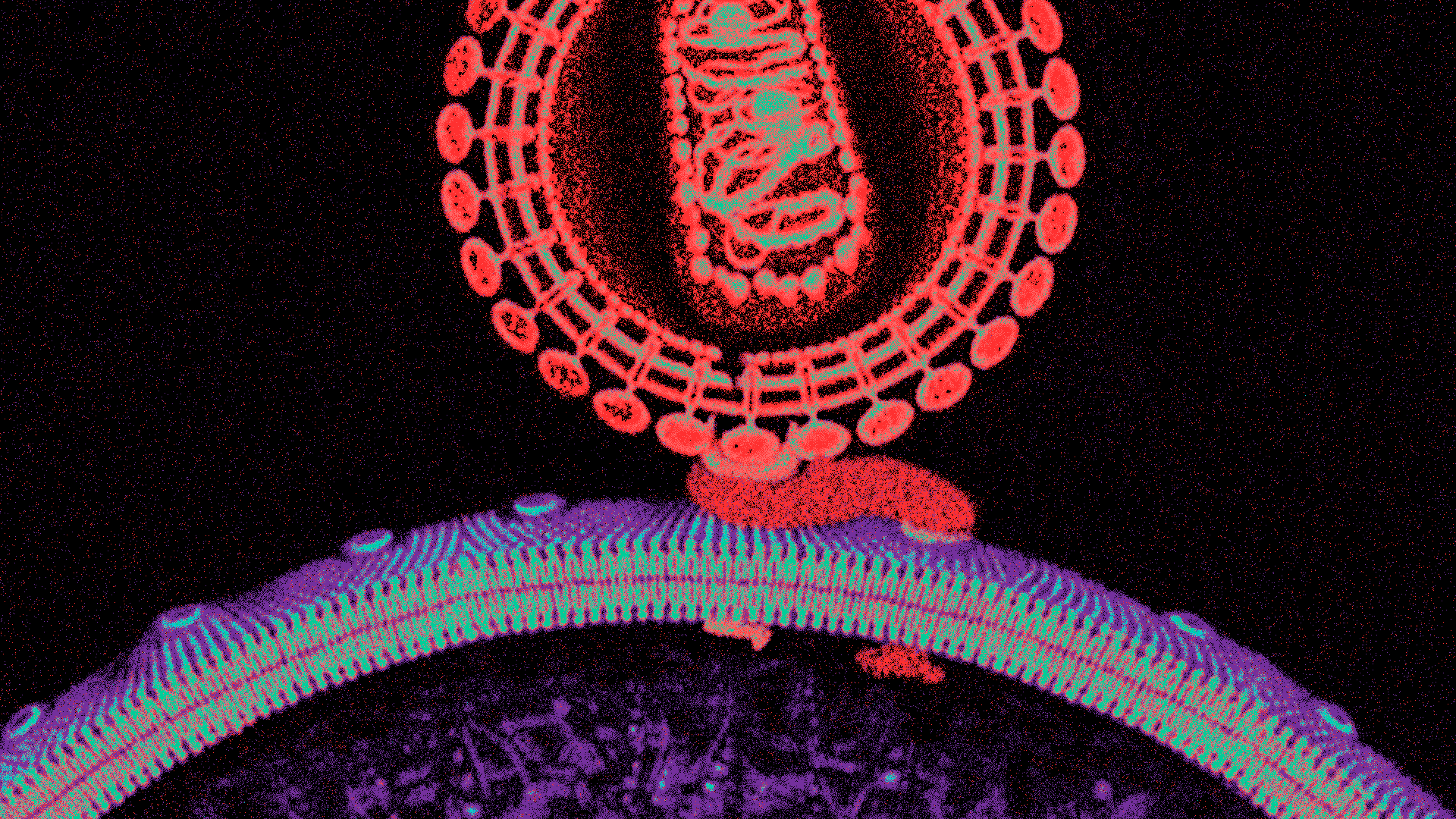Penile Candidiasis - Testing, Symptoms & Treatment
46393
Testing, symptoms, and treatment options for penile candidiasis, provide vital information on this often overlooked condition.

Penile Candidiasis - Testing, Symptoms & Treatment
Overiew Penile Candidiasis
Candida yeast, normally found in small quantities on the skin and in various areas of the body, including the genitals, is the primary cause of candidiasis. When there is an overgrowth of Candida, it can result in an infection that causes discomfort and irritation. Penile candidiasis happens when Candida multiplies on or beneath the foreskin in uncircumcised men or on the glans (head of the penis) in circumcised men.
Symptoms of Penile Candidiasis
1. Itching and Irritation: Intense itching is a primary symptom of penile candidiasis. This discomfort can range from mild to severe and often worsens with prolonged contact with moisture.
2. Redness and Swelling: The affected area may appear red and swollen, contributing to discomfort and pain.
3. Balanitis: In some cases, penile candidiasis can lead to a condition known as balanitis, which involves inflammation of the glans and foreskin.
4. Discharge: Men with penile candidiasis may notice a white, cottage cheese-like discharge under the foreskin.
5. Pain and Burning Sensation: Pain and a burning sensation, especially during urination, can be present, making everyday activities uncomfortable.
6. Difficulty Retracting the Foreskin: Uncircumcised men may find it difficult to retract the foreskin, which can be due to phimosis and inflammation.
Testing for Penile Candidiasis
Diagnosing penile candidiasis involves a medical evaluation and various diagnostic tests, which may include:
1. Physical Examination: A healthcare provider will examine the penis for signs of infection, such as redness, swelling, and penis discharge.
2. Microscopic Examination: A sample of the affected area may be collected and examined under a microscope to confirm the presence of Candida yeast.
3. Cultures: A culture of the affected area may be taken to grow and identify the specific strain of Candida responsible for the infection.
Trust PULSE CLINIC to take care of your health like other 45000 people from over 130 countries. We provide discreet professional service with high privacy. Here to help, not to judge.
Treatment Options
Penile candidiasis can be effectively treated with medical interventions and lifestyle changes. Treatment options include:
1. Antifungal Medications: Topical antifungal creams, such as clotrimazole or miconazole, are commonly prescribed to eliminate Candida infection. Sometimes, oral antifungal medications may be needed for more severe infections.
2. Good Hygiene: Maintaining good genital hygiene is essential. Regular cleaning with mild soap and water and thoroughly drying the penis, especially under the foreskin, is crucial.
3. Avoiding Irritants: Avoid using scented soaps, harsh detergents, or other potential irritants in the genital area.
4. Condom Use: In cases of recurrent infections, using condoms during sexual intercourse may help reduce the risk of reinfection.
5. Circumcision: For men with recurrent infections, circumcision may be recommended as it can reduce the risk of future candidiasis episodes.
Conclusion
Penile candidiasis is an uncomfortable condition that can affect men, causing itching, redness, and discomfort. Early diagnosis and appropriate antifungal therapy are essential for effective management. Seeking medical advice is recommended for proper diagnosis and treatment. Good hygiene practices, antifungal medications, and lifestyle adjustments can help prevent future occurrences of this condition.
Contact us at info.bkk@pulse-clinic.com or chat on your preferred platform:
![]() +66 65 237 1936
+66 65 237 1936  @PULSEClinic
@PULSEClinic ![]() PulseClinic
PulseClinic
All PULSE Clinics in Thailand provide the most comprehensive PCR Tests for 28 infections
to give you peace of mind and fast treatment
Trust PULSE CLINIC to take care of your health like other 45000 people from over 130 countries. We provide discreet professional service with high privacy. Here to help, not to judge.
Loading...
Clinic Locations
Loading...








